Author: Dr Dolly DaouInternational expert in design business innovation and strategies - International experience in design pedagogy/research, leading philanthropic associations and higher education programs and community projects in Australia, Asia, Europe and in the Middle East. (Visit: https://dollydaou.org/) I was inspired to write this blog in response to a post I saw on social media, where during an interview, one of the attendants asked: Who invented gravity and why do we need it? To the best of the attendant’s knowledge gravity was invented by Isaac Newton. These simple yet complex questions demonstrate the fragility of our knowledge and appreciation of gravity and reveal the inter-connection of these questions to each other. To be clear the reflections on gravity in this blog are not scientific, rather I am exploring the significance of gravity in our everyday as a design researcher. Throughout history the chain reaction of scientific explorations by Aristotle, to Bruno, Galileo, Kepler, Newton, much later Einstein, and then Hawking led to the discovery and adaptation of the theory of gravity. Although Newton could not explain the origin of gravity he did adapt Johannes Kepler’s law of gravitational theory, invented calculus and gave this force its name: gravity. Through this exploration, I open the scope of discussion for other disciplines to examine the power of this invisible force in our universe. Through interior and food design I demonstrate how gravity controls our daily lives from lifting an ordinary object to launching a rocket into space or designing a sustainable food system. We rely on gravitational forces of the planets during our interaction with our environment, especially in the food system gravity plays an integral part in the production, distribution, manufacturing and consumption of food. The images below of the Chinese mountains and Australian ocean show how the food system on our planet Earth is connected through a force that holds everything together called: gravity. If we understand gravity, we understand the story of creation of the universe, that grounds the human existence and conditions our neurology and physiology. We under-estimated the value of gravity in our everyday, which usually goes un-noticed. The complexity of questioning the origin and benefits of gravity lies in the simplicity of these questions; in the presumption that we should all know the answers. These questions are especially relevant now during our current exploration to the extra-terrestrial inhabitation with lower or zero-gravity environments, which reveal the significance of gravity as a un-negotiable part of our everyday life.
The term 'space sciences' is a conglomeration of almost all of the branches of science known to humanity today. Space fuels exploration and provides enormous opportunities for exploitation to meet societal needs. So much so that one finds the footprint of space technology in almost every aspect of daily life. For example, data received from earth observations help us to understand the global environmental factors and initiate ground-based measures to tackle them. Integrating data with fields like agriculture helped us develop 'Precision Agriculture'. Furthermore, space-driven initiatives drive international cooperation on issues related to humanity. Thus, it is pretty evident that any new crisis or breakthrough in almost any aspect of society will impact on the space industry. Such was the case when devastating waves of COVID-19 hit the world. Presented below is a bibliometric mindmap that gives us a visual aid to further our understanding of the true nature of the negative impact of the pandemic on the space industry. Figure: Impact of COVID-19 on the space industry and vice versa (Adopted with modifications from Palit S et al. - Space Industry and COVID-19: An Insight into Their Shared Relation) Note: Circles/ovals- Represent institutions affected by the COVID pandemic; Rectangles- Represent institutional values affected by the COVID pandemic It can be seen that the pandemic dealt a severe blow to institutions (such as SMEs, academia, the health sector) and their values (such as organisational resilience, etc.). However, as the saying goes, 'every cloud has a silver lining', and such was the case with COVID-19. Areas in which COVID-19 had positive implications include cases where:
Furthermore, astronauts onboard the International Space Station teach us some of the most valuable lessons. These include instances where the world applied containment measures to restrict the spread of pandemics, leading to the limited provision of healthcare resources. Here, the experiences gained with 3D printing during human spaceflights could help the healthcare industry to produce various tools (dental, medical, or surgical) and pharmaceutical products, and the list is endless.
Therefore, given the recent losses that we have suffered, it would be advisable to adopt space-based technologies as quickly as possible to help prevent the long-standing implications of COVID-19. However, this can only be done if we have collective support from government agencies worldwide. Author: Enric Garcia Torrents, MSc, PhD candidateMedical Anthropology Research Center, Universitat Rovira i Virgili The main role of a medical anthropologist is to study human health, the whole range of actual and potential care systems, and the ways in which biocultural adaptations emerge, succeed or fail from a transdisciplinary, multidimensional and ecological perspective. We contemplate the processes and situations from within and outside the limits of our own culture, and even our own civilisation, from a long-range evolutionary perspective to the minute details of small social networks analysis. We dive deep into the complexities and repeating patterns with a skill set and toolkit as sharp, in many cases, as that of a fully trained physician-scientist, being able to engage constructively in laboratory, fieldwork and clinical practice. “It is possible that the greatest contribution that anthropology can make will be to keep men's imaginations open, as they tend to let the predictable hardware coerce the form of the software.” Space medical anthropologists, on the other hand, are bound to take the whole field of medical anthropology one step further and even beyond, daring to question what it is to be a healthy human today, what it may mean to be so tomorrow, and indeed, what the near future might bring, depending on what we decide to do at this point in history. Most importantly, space medical anthropologists work on how to achieve this healthy state by skillfully setting the stage here and now, maximising humanity’s chance for a sustainable way onward to the stars. As for myself, nowadays I'm a scholar working as a doctoral candidate at a Medical Anthropology Research Center while undertaking medical studies (MD-PhD student-researcher, second and third year within the dual degree). I have previous academic background in neuroscience and smart systems, and currently a contract from the Spanish Ministry of Universities to undertake research on mental health and clinical decision making for choosing the best possible treatments for each individual, funded from a future professor’s training programme. My work on space medical anthropology is rather narrow, focusing almost exclusively on figuring out the best ways for people to withstand extreme experiences without losing mental acuity, exploring optimal solutions to boosting cognitive performance, resilience and overall wellbeing in situations of acute and profound distress.
The Stellar Music project in summary - take musical notes generated mathematically from a star, arrange them into a beautiful tune, and then use your imagination to think of unique ways to illustrate the music. To discover how the music was created visit the blog: innovaspace.org/blog/stellar-music Music: - Star used = Delta Cephei, part of the constellation Cepheus - Music arrangement = Miko Mike Oliver Gimao Visuals: - AI-generated visuals = Elerias - Mermaids = Yanyue Lee; Jingfeng Liu; JingYi Lee; Surong Wang; Meijing Lee; & Xiao Qian Bai Enjoy the cosmic music 🌟🌟🌟 Author: Dr K GanapathyHon Distinguished Professor The Tamilnadu Dr MGR Medical University; Emeritus Professor, National Academy of Medical Sciences; Past President, Telemedicine Society of India & Neurological Society of India; Director Apollo Telemedicine Networking Foundation & Apollo Tele Health Services, India Website: www.kganapathy.in When I was asked to write a blog on women from India who have made extraordinary contributions to society, I was very surprised. Being a desi, a totally “Made in India” product, I had in the last seven decades not thought twice about the gender of any super achiever in India. When I was an Asst Professor of Neurosurgery at the globally renowned 187-year-old Madras Medical College, my unit chief was Prof T S Kanaka, celebrated as Asia’s first neurosurgeon , while the dean was also a woman, as was the Director of Medical education, the Vice Chancellor, the Health Secretary, and even the Chief Minister of the state! From 1983 I have been part of Apollo Hospitals, one of the world’s largest corporate health care providers. Though founded by the patriarch Dr Prathap C Reddy, it is his four daughters (see images below) who have ensured that this mega conglomerate is setting standards for other countries to follow. I belong to the 1968 batch of the Madras Medical College. When one of our classmates, Dr Sherin Devaskar, was elected as President of the American Pediatric Society none of us even commented that she was of female gender. Indeed, most of the achievers in our batch are women. It is just taken for granted. We are gender agnostic !! As early as 1949, Hansa Mehtha was appointed as Vice chancellor of the Baroda University. I wonder how many countries had women Vice Chancellors back then, and we were called the “third world” ! It is only now that I realise that the rest of the world has a long way to go before they accept gender neutrality. Scores of women from India have been featured in global rankings, as entrepreneurs, CEO’s of Fortune 50 companies, in the Forbes list of world’s 100 most powerful women, as Heads of some of the world’s largest banks, Chief Justices of High Courts, Supreme Court judges, Governors and Chief Ministers of states larger than most countries of the world, as Deputy Governors of the Reserve Bank of India, Chief Economist of the World Bank, and as Chief Scientist of the WHO, and so the list goes on. Indian women have gone to the Artic and Antarctic. Recently UK-based Captain Harpreet Chandi, of Indian origin, reached the South Pole after a 700 mile trek in 40 days. 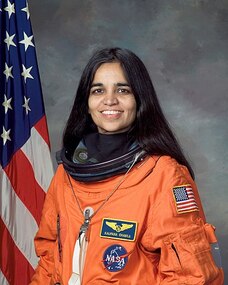 Indian-born NASA astronaut Kalpana Chawla (Image: NASA) Indian-born NASA astronaut Kalpana Chawla (Image: NASA) Lucknow-born Hashima Hasan played a major role in the design and launch of the $10bn James Webb Space Telescope. The landing of the Perseverance rover on the Red Planet following its perilous descent through the Martian atmosphere was facilitated by two women of Indian origin, Vandi Verma and Swati Mohan. Yet another, Bhavya Lal, recently took over as Associate Administrator for the Office of Technology, Policy and Strategy NASA, one of the highest posts in NASA. Nearer home there are several Director level women scientists heading critical teams dealing with human and interplanetary missions, including Ritu Karidhal, Nandini Harinath, TK Anuradha, and VR Lalithambika. And Kalpana Chawla (1962 – 2003) was the first Indian-American astronaut and first Indian woman in space. Sadly, on February 1, 2003, the U.S. space shuttle Columbia with a seven-member crew that included Chawla, disintegrated in flames over central Texas shortly before it was scheduled to land at Cape Canaveral in Florida. InnovaSpace congratulates the hard work and dedication of Space System Engineer Marco Romero and Daniela Barbosa and their team of helpers, who dedicate their own time and resources to promoting science & technology initiatives in Angola and beyond. Well done all on your latest activity to inspire the future space generation! The Thematic Week to Celebrate Rural and Urban Development and looking at the contribution of the Education sector to sustainable development, saw the launch of 10 Editions of Space Science and Technology Comic Books, produced in Angola. “Ruvi Humbi” illustrates the life of a girl born and raised in a village in southern Angola. She dreams of reaching the stars but a conflict between the cultural and empirical knowledge of her friend Humbi and the scientific knowledge of her physics teacher makes it difficult to realize her dream of exploring the universe. “Xiamy” recounts the story of two boys who are invited to travel back in time to use the knowledge they acquired in physics and maths classes to help Punguandongo elders improve space surveillance and planetary defense techniques. “Katutu – The Space Engineer” - Young Katutu is a dreamer who goes through the phases of discovering his profession. His regular routine of life as a student and homework is interspersed with dreams in which Katutu discovers a robot with whom he learns what it is like to be a Space Systems Engineer and how he can contribute to space science and technology that changes the world. “Tropa dos Kandengues” - A group of young scientists go on a study trip to the Namibe desert, imagining its dry red landscape to be like a trip to the red planet Mars, and they apply all their knowledge acquired in classes on human and robotic exploration of the Solar System. The comic books were pre-released on November 6th, 2021 to children, educators, investors and other members of the educational system, with the ultimate aim of receiving feedback, support and contributing to the Educational community around the world. Can you help support their work in some way? Drop us a line and we can connect you! Introduction from Eija Salmi, Secretary General, Cumulus Assoc. & Thais Russomano, CEO, InnovaSpace: During the 21st century outer space has become a topic for discussion by passionate people in design universities worldwide. Some institutions have piloted initiatives and have ongoing activities in the art, design and media curriculum focused on space, considering how design can contribute to overcoming the challenges humanity will encounter when exploring this new frontier. We know for certain that living off-Earth will bring multiple challenges that require innovative solutions if we are to inhabit another planet. The field of design will be an essential element in facilitating space life, just as it is present everywhere in our lives here on Earth, whether on its own or collaboratively with other disciplines, such as medicine, engineering etc. Design education and research plays a massive role not only for the design profession, but also for business, industry and other institutional stakeholders in the space era to ensure a good, healthy and secure space future. The aim of this blog today, written by Dr Dolly Daou, is to share knowledge and inspire all of us to rise to the challenges of humanity’s tomorrow in outer space – inspired by design. This is the first in a series! Enjoy and please do share on your social media! On Planet Earth, we have been accustomed to living our lives conditioned by daily habits; we eat, sleep, cook, work, walk, build, interact according to our environments, grounded by gravity. Culturally, we differ in customs, in habits, we eat different food, we live differently, we speak different languages, however what unifies us is the relationship between our physiology and our topography. This relationship is the result of the universal gravity system and the evolution of beings and their environment on Planet Earth, the Blue Planet. The colour blue refers to the interaction of solar rays with the gases of Earth's atmosphere. Similarly, Planet Mars is known as the Red Planet in reference to the mass of red soil that covers its surface. The colour coding of both planets reflects the relationship between our biological existence and our environmental characteristics, which influence our daily habits and our survival traits on these planets.
Space psychology is an extremely significant area of study. Combining insights from all areas of the wider field (i.e., organizational, industrial, cognitive, psychiatry), it aims to optimise human behaviour and cognition in space. 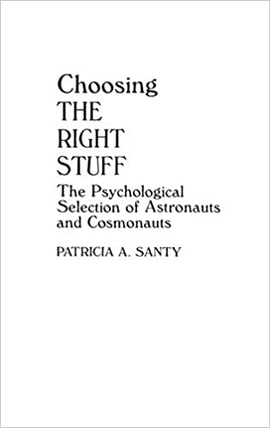 Published January 1994 Published January 1994 In terms of its history, space psychology has received varying degrees of attention over time. Whilst its importance was acknowledged at the inception of NASA in 1958; in the early 1990s Dr Patricia Santy (a NASA flight surgeon and psychiatrist) illustrated the industry’s relative disregard for the area, claiming that the application of psychology to space was running 20-30 years behind most other areas of medicine. However, with ever-increasing pressure from academics (i.e., the Committee on Space Biology and Medicine), the establishment of continuously inhabited long-term research stations with multinational crews (i.e., with astronauts joining cosmonauts on Mir in 1993, and the first stay on the ISS in 2000), and a number of high-profile incidents, for example, the theorised termination of the Soviet Soyuz T14-Salyut 7 mission due to depression and the attempted murder by astronaunt Lisa Nowak, the relevance of psychological issues has become increasingly pertinent. 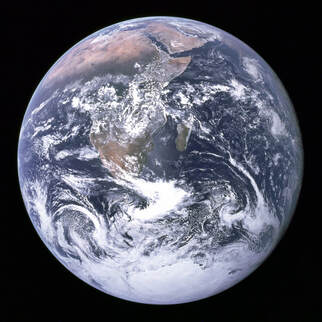 Research within the field is predominantly focused on ensuring selection/training programmes prepare astronauts for the psychological demands of space travel, developing effective inflight support strategies and helping individuals re-adapt following their return to Earth. Studies can be conducted both in-orbit, and in terrestrial simulators and space analogs (i.e., undersea vessels and polar outposts), which attempt to produce a degree of environmental realism, and have aided in identifying the consequences of the intrapsychic/interpersonal stressors that astronauts encounter, such as team conflict, impaired communication/”psychological closing”, social isolation, threat of disaster, high-stakes/demanding work, public scrutiny, microgravity, radiation exposure, immobility etc... Such research findings can then be applied to develop models of successful crew performance (i.e., in terms of gender composition, and types of goals) and produce effective intervention strategies, like enhancement medications and therapeutic software. For instance, optical computer recognition scanners have been developed by NASA to track astronaut facial expressions and assess potential changes in their mood, allowing for personalized intervention strategies (i.e. computerized CBT treatment). Notably, whilst much research focuses on studying/overcoming the negative aspects of space travel, a robust finding is the salutogenic “overview effect” (White, 1987), which refers to how viewing the Earth from space fosters a sense of appreciation/wonder, spirituality and unity amongst crew members. It is theorised by Yaden et al. (2016) that this emotional reaction is a result of the juxtaposition between the Earth’s features and the black backdrop of space, which emphasises the beauty, vitality, and fragility of Earth. With forecasted missions focusing on the potential for interplanetary (and eventually interstellar) travel, we need to prepare accordingly. Not only will these missions be much more protracted in terms of their distance/duration (with the longest period spent in space currently standing at 14 months, and a round trip to Mars predicted to take 2.5 years), they will also be subject to the pressure of larger, multinational crews, with no hope of evacuation, lack of protection from the Earth’s magnetic field, and distance-related communication delays (averaging 25 minutes to Mars/500 minutes to Neptune and back). Additionally, astronauts will not be able to observe the Earth and derive the aforementioned associated benefits of this experience; coined the ‘Earth-out-of-view phenomenon’ (Kanas, 2015; Kanas & Manzey, 2008), which may magnify potential feelings of homesickness and isolation. As such, we need to develop effective strategies to counteract these novel stressors, with researchers considering the benefit of fitting protective outer shields to isolated parts of spaceships (where astronauts spend the majority of their time) in order to mitigate against the effect of radiation from cosmic rays, email messages that conclude with suggested responses in order to reduce communication times, and virtual reality systems/on-board telescopes to minimise feelings of separation from Earth. Having discussed the historical development of space psychology, the scope of research conducted, and the forecasted future of the field, I hope I have impressed on you the significance of such an exciting area of study. Managing human behaviour in space is an interdisciplinary effort, and as the government monopoly on spaceflight diminishes (i.e., with the launch of commercial/private space ventures like SpaceX), and the number/complexity of missions increases, the importance of space psychology will become ever more apparent.
We continue to follow along with the wonderful experience of ESA-sponsored Dr Stijn Thoolen during his year spent at the Concordia research station in Antarctica. Catch-up with his previous blogs at Part 1, Part 2, Part 3, Part 4, Part 5, Part 6, Part 7, Part 8 Dr Stijn ThoolenMedical Research Doctor, Concordia Research Station, Antarctica Fortunately it is not all body fluids (and solids) in the ESA lab. Other projects are more interested in the psychological adaptation to space-like environments. How do we deal mentally with the isolation far from home, the confinement, monotony, and life in a small international crew? The experiences and stressors that crews face during such missions require a certain degree of mental resilience, or may otherwise result in cognitive or behavioural problems and a loss of performance that can be dangerous to both the crew and the mission. To facilitate such psychological adaptation and resilience, the scientists behind MINDFULICE (‘role of mindfulness disposition in an isolated and confined environment’) for example are investigating the use of ‘mindfulness’ as a tool for deep space missions. ‘But isn’t that something for Buddhist monks?’, I hear you question… I actually like to think it is quite the opposite. And although maybe it isn’t an easy construct to grasp, we are all already mindful to a certain degree. Perhaps it is best to think of it as a mental process, of being aware in the present moment, welcoming what is new with an intention of kindness and compassion, and being open-minded enough to see new possibilities in any given situation rather than relying on what you have previously learned. Everyone does that to a certain degree, but everyone can also learn to do it more. Perhaps that is the biggest reason that the concept is gaining so much popularity so quickly. In our stressful and busy lives, mindfulness helps us to see solutions rather than problems, and research has already demonstrated many of its benefits, spanning from health and well-being to even business and artistic endeavours! A mindful attitude has shown to reduce stress while increasing resilience, task performance, enjoyment, psychological and even physical well-being, and in general a higher quality of life. That, I would say, is the promising power of the mind! So can mindfulness also help astronauts to cope with the harshness of a deep space mission? We like to think so, but to find out we must first understand how it relates to stress and psychological wellbeing in such conditions, and Concordia serves as the ideal testing ground. Of course that means more tests for us, so over the year we fill in questionnaires and perform attention tasks to determine how mind- and stressful we actually are. And how about you? Are you mindful enough to one day float to the stars? Note: this article was originally posted on the ESA blog website (LINK) and permission has been obtained to republish it here.
LINK for Part 1 of On Spaceships and Saunas 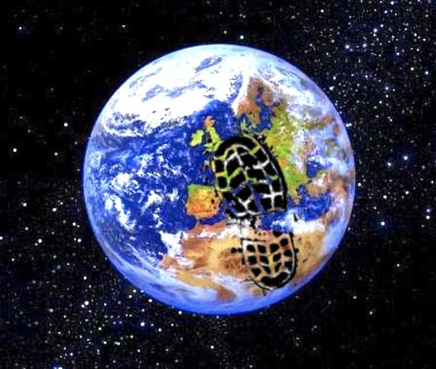 Human nature has long been associated with pleasure, a powerful feeling capable of articulating body and soul, thus releasing mankind, even if momentarily, from its all-too-grounded existence on Earth, destined as it seems to endure a rather laborious, extenuating, survival oriented life. As we've reached the 21st century, any contemplation of a better world has been blatantly discouraged by the force of capitalism and the so-called Anthropocene. Indelibly marking the planet at current times, and acting as a new geological era signalling the exhaustion of life on Earth, this human phenomenon brings into question how the promiscuous entanglement between culture, technology and nature has utterly transformed our landscapes and lives, forging a second nature as artificial as the romantic projection of a first nature – or of what it had possibly been prior to civilisation. COVID – 19 is just one of the side effects of a runaway world, whose current features are as resembling of a sci-fi novel as they are of our innermost disquieting images of a collapsing future, depicted with the same curiosity and fear of extinction that propels humankind vertically towards the outer space, the Moon and beyond. In the midst of this not so brave new world, how could the overlapping spheres of angst, science and pleasure impact our minds and future? *** It's still soon to predict how the world will appear and operate in the near future. Philosophers and scientists alike argue that the current pandemics and climate atrocity has opened up The window of opportunity that could allow us to reshape the world, not only environmentally speaking but also politically on all levels: to slow down consumption, communication and capitalism; to (re) establish the welfare state; to expand democracy and consolidate democratic societies, which have been gradually fading in recent years (the US and Brazil to name but a few); to preserve the ozone layer, the Amazon and endangered species elsewhere; to nourish solidarity among nations and citizens; to enjoy a more fulfilling, frugal and pleasurable life; the list of wishes/demands goes on and on... For all we know, so far, not only life on the planet has been exposed in its extreme feebleness – to the extent of reaching a point of no return – but also the innermost human qualities have been put at stake, risking gradual loss of affection and therefore emotional numbness. 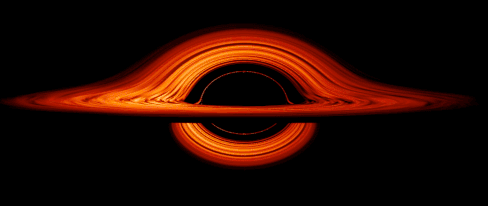 Simulated black hole. Credit: NASA’s Goddard Space Flight Center/Jeremy Schnittman Simulated black hole. Credit: NASA’s Goddard Space Flight Center/Jeremy Schnittman Humanity has been enduring dramatic shifts in its sensibility in the recent past. AIDS had already reframed sexuality in the 1980's, banning free sex from the world agenda and establishing caution as the common ground for all human sex interaction, while the Internet has virtually been separating individuals physically and therefore emotionally in an unforeseen fashion. In this increasingly aseptic world – at least, when it comes to human interaction – that nonetheless bears a tremendous virulent and filthy relationship towards nature, it remains to be seen if our civilisation will eventually be able to preserve not only saunas, sex and the human factor in all its diversity, but foremost the planet as a sustainable, democratic and pleasurable environment for generations to come, in the near and distant futures. Albeit this toxic atmosphere, it would be wise to keep Mars and the black holes as speculative research fields – even if we do manage to reach them in the flesh – and not the sole and only escape route of a sombre, drained and dangerous, ill-fated world. Since art and science operate as portals to the realm of fiction, allowing us to delve into the unknown – and perhaps to grasp reality in all its (lack of) plasticity –, the notions of invention and discovery become analogous, driving forces that help us shape both the present and the future through politics and imagination. |
Welcometo the InnovaSpace Knowledge Station Categories
All
|
UK Office: 88 Tideslea Path, London, SE280LZ
Privacy Policy I Terms & Conditions
© 2024 InnovaSpace, All Rights Reserved
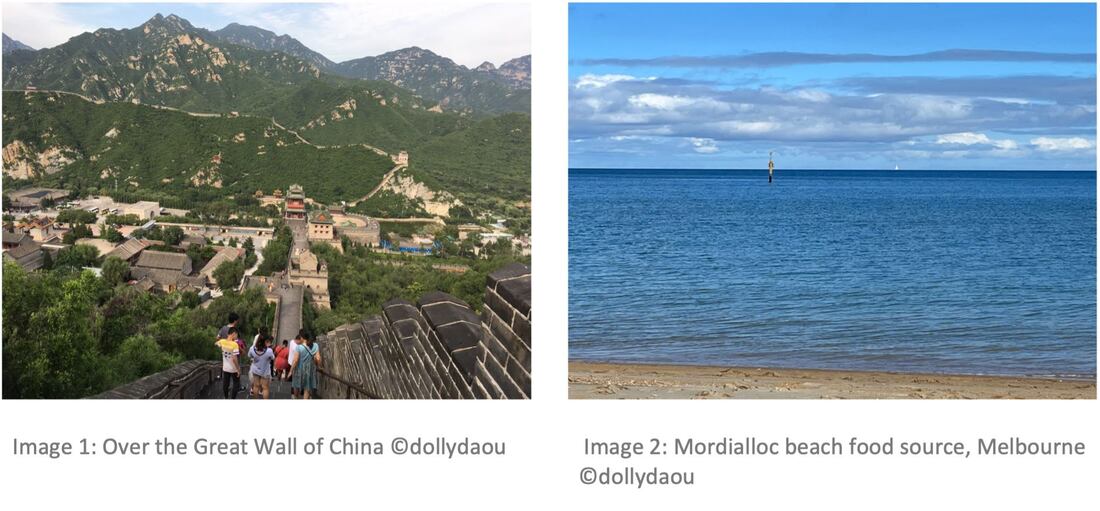
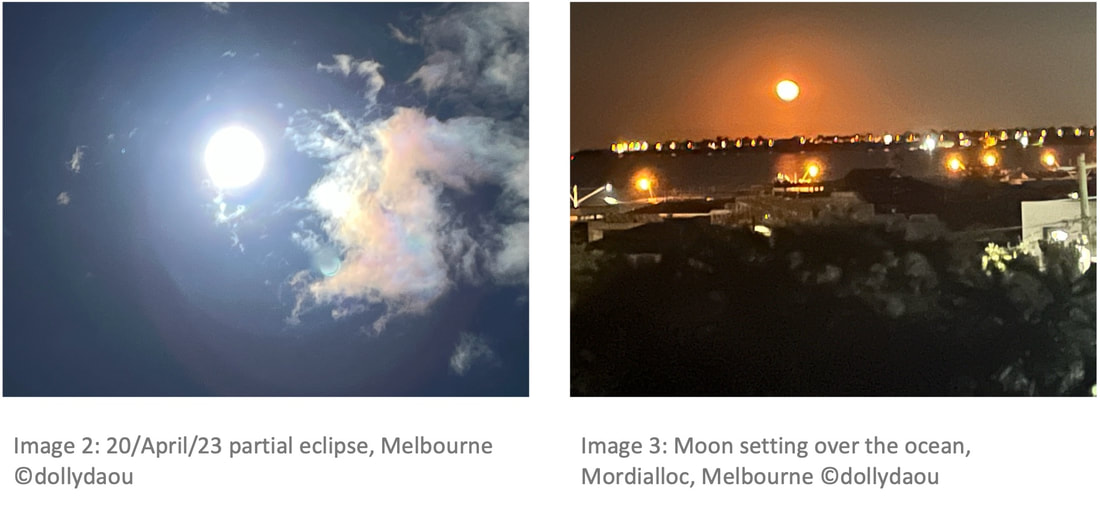

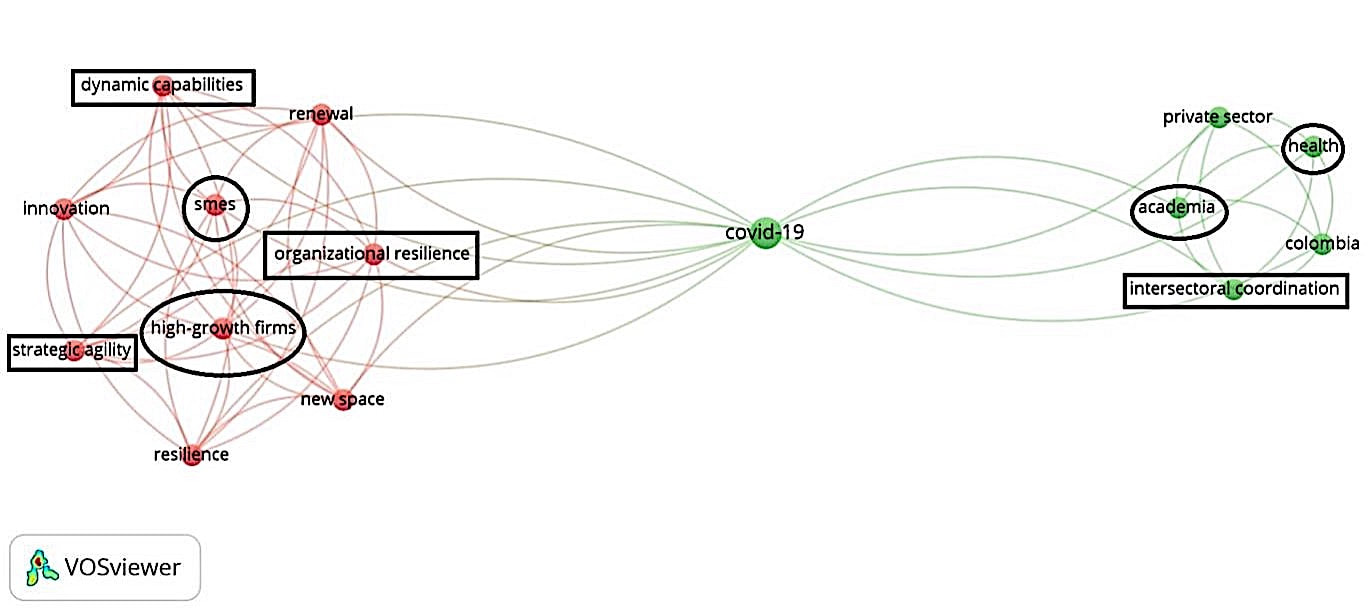
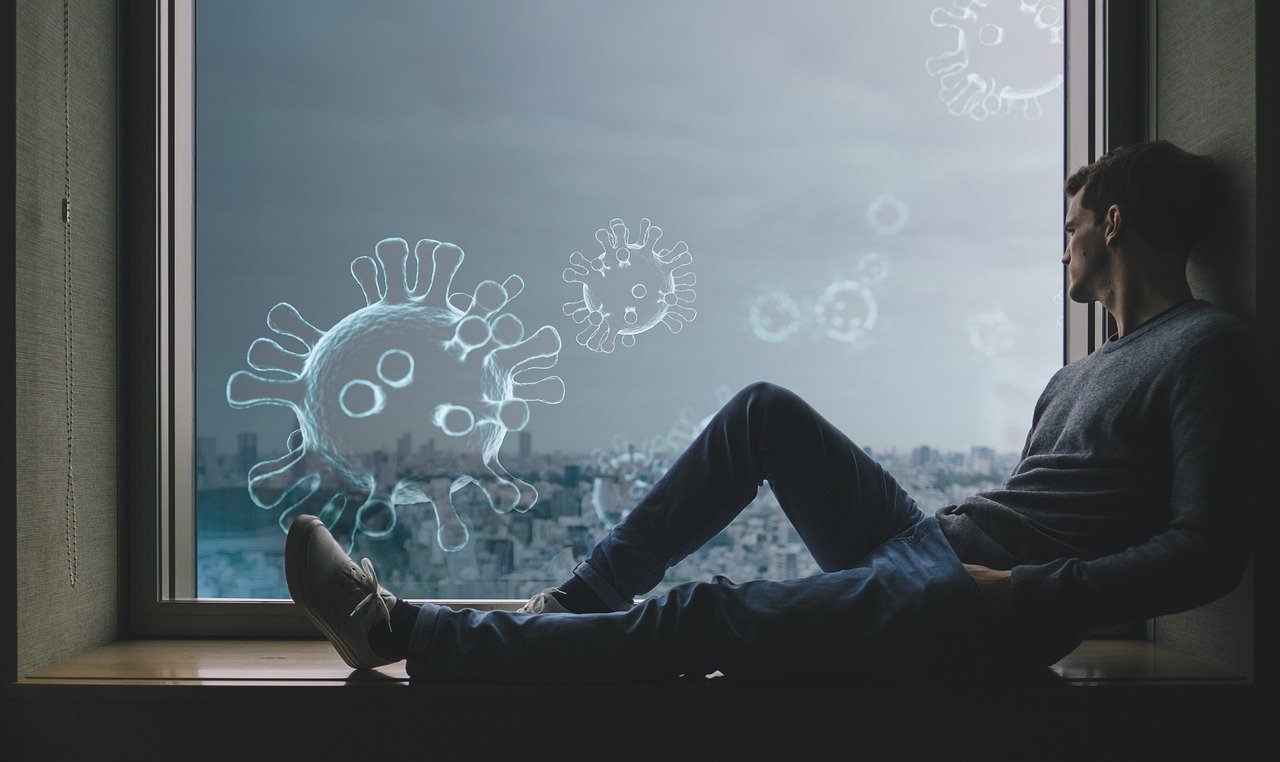
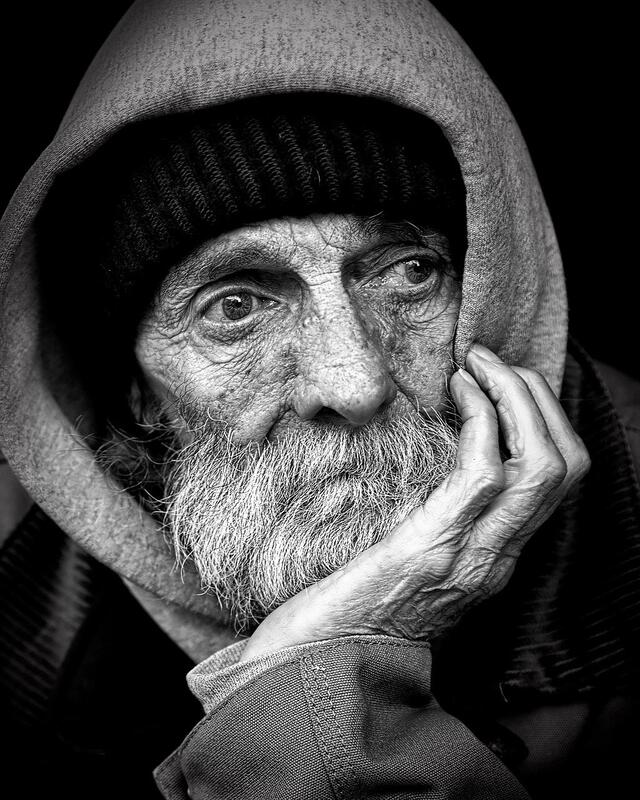
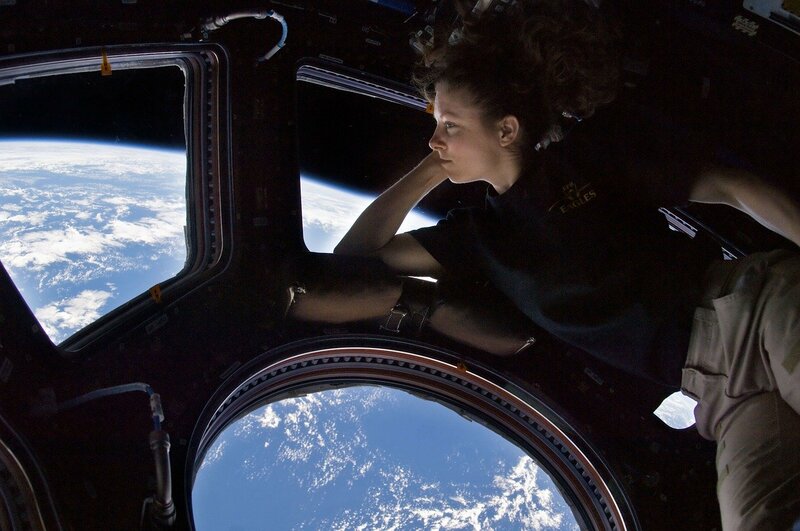
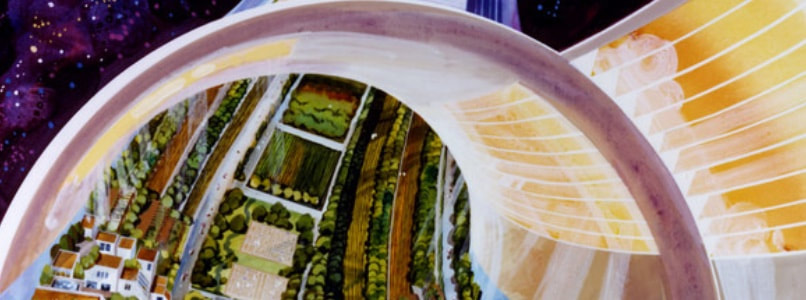

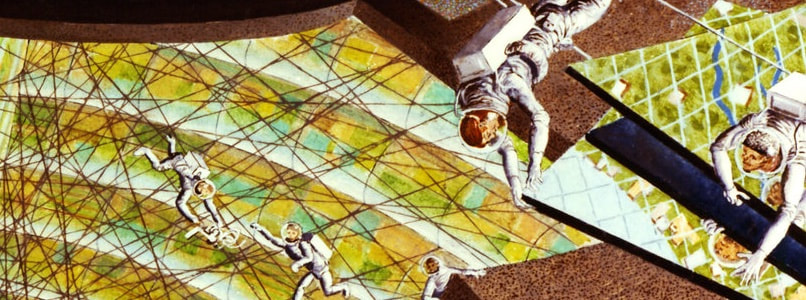
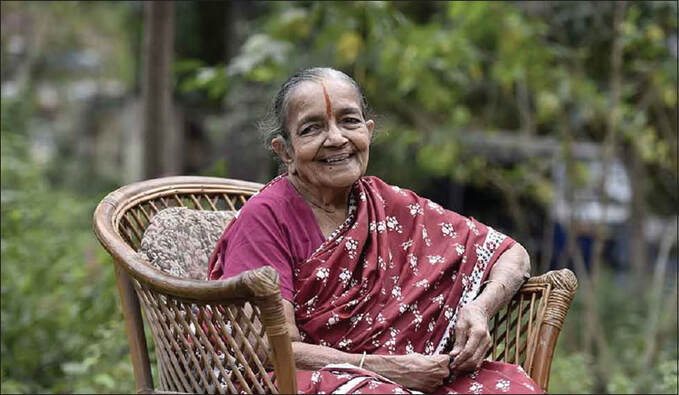
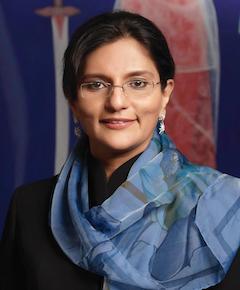


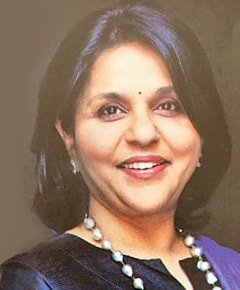
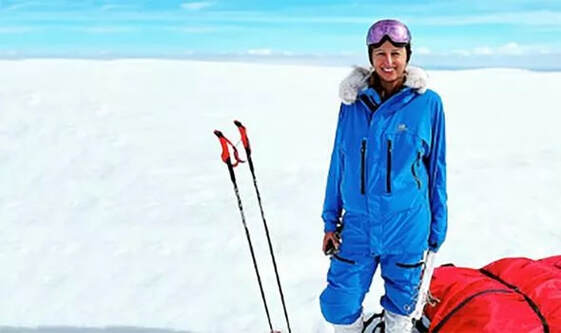
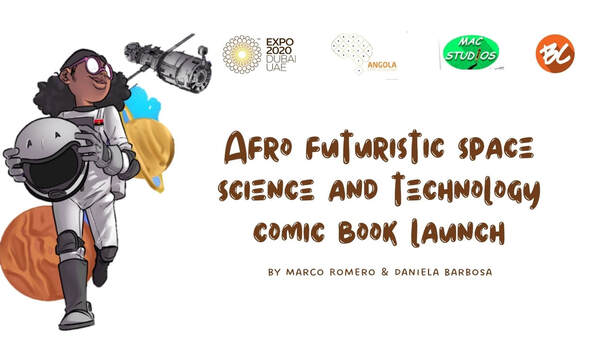
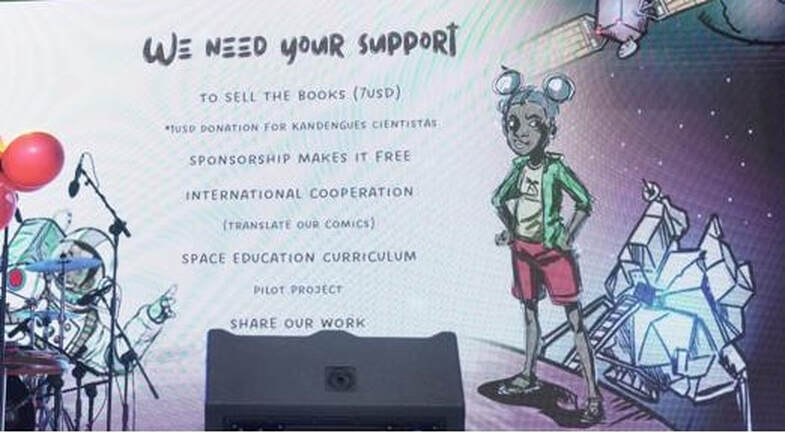



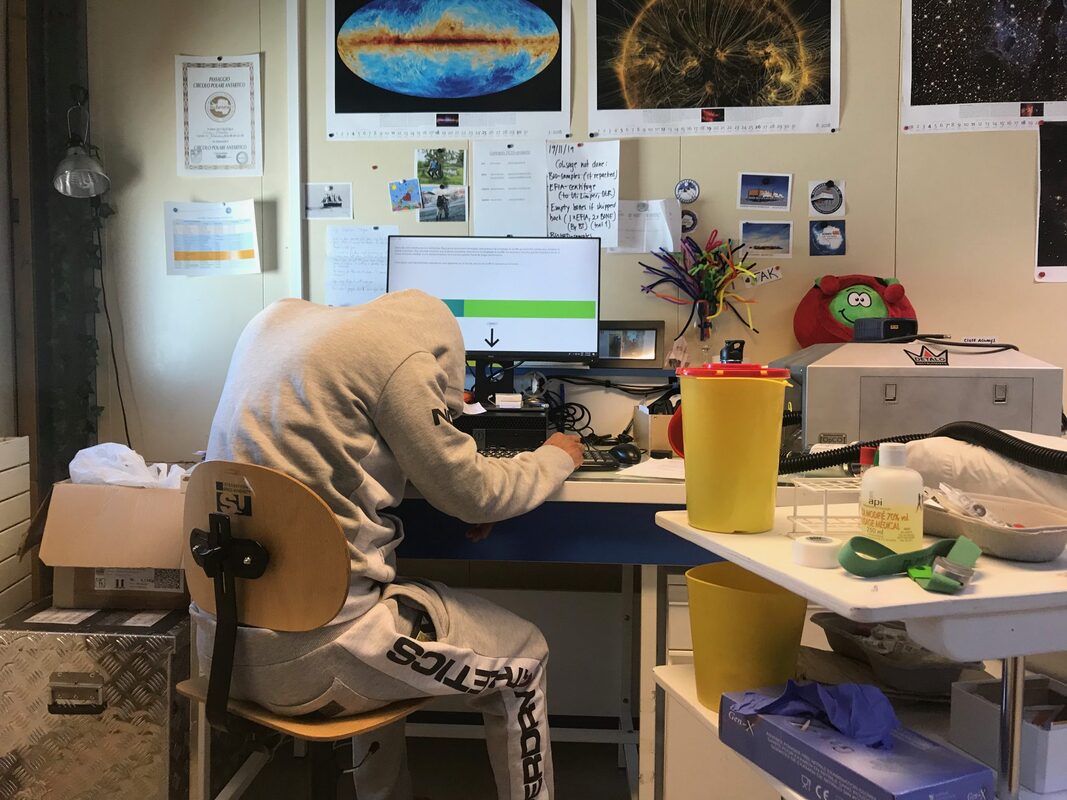
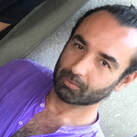
 RSS Feed
RSS Feed